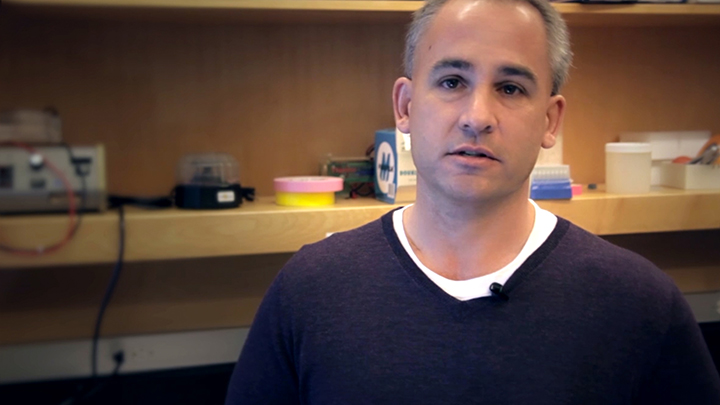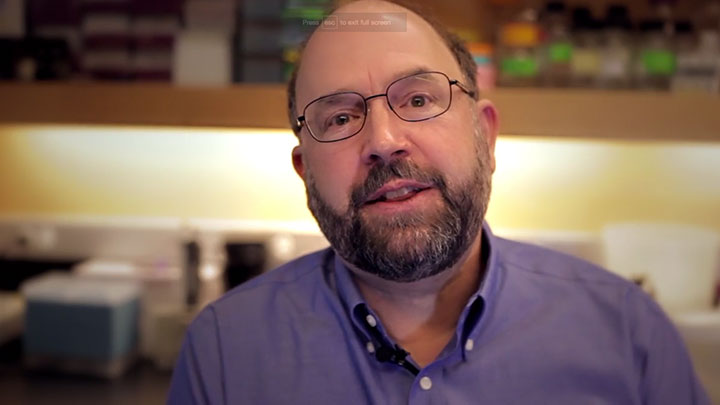Why is My Restriction Enzyme Not Cutting DNA?
Script
Why do digestion reactions fail?
Yvette Luyten:
The most common reason a restriction digestion fails is the presence of a contaminant in your experimental DNA that's inhibiting the restriction enzyme. Contaminants include phenol, ethanol, chloroform, excess salts, detergents, or EDTA. To determine if you have a contaminant in your experimental DNA, we recommend first running a highly pure control DNA containing restriction sites for your enzyme of interest. That'll help you to determine that the enzyme is, in fact, active. Once you've determined that the enzyme's active, run a second reaction containing, in a single tube, mixing your control DNA and your experimental DNA. If the control DNA does not cut in that reaction, you have an inhibitor present in your experimental DNA.
The second most common reason restriction digestion fails is the presence of DNA methylation that's blocking the enzyme. Make sure you check your enzyme's methylation sensitivity profile before using it.
Related Videos
-

NEB® Restriction Enzyme Double Digest Protocol -

Reduce Star Activity with High-Fidelity Restriction Enzymes

